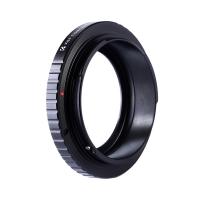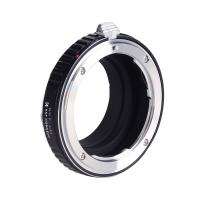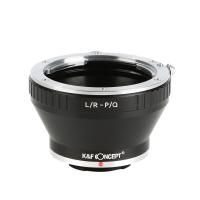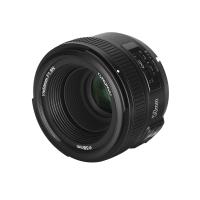How Much Can A Scanning Electron Microscope Magnify ?
A scanning electron microscope (SEM) can typically magnify an object up to 100,000 times or more.
1、 Maximum magnification of a scanning electron microscope (SEM)
A scanning electron microscope (SEM) is a powerful tool used in scientific research and various industries to examine the surface of materials at high magnification. The maximum magnification of an SEM depends on several factors, including the instrument's design, the quality of the electron optics, and the sample being observed.
Typically, an SEM can achieve magnifications ranging from 10x to 300,000x. However, it is important to note that the maximum magnification is not the only factor that determines the quality of the image. The resolution, which refers to the ability to distinguish between two closely spaced objects, is equally important. The resolution of an SEM is typically in the range of a few nanometers, allowing for detailed examination of surface features.
Advancements in SEM technology have led to improvements in both magnification and resolution. For instance, modern SEMs equipped with field emission electron sources can achieve higher magnifications and resolutions compared to older models. Additionally, the use of advanced detectors, such as backscattered electron detectors and energy-dispersive X-ray spectrometers, further enhances the capabilities of SEMs.
It is worth mentioning that the maximum achievable magnification is not always necessary or practical. Extremely high magnifications may result in decreased signal-to-noise ratio and reduced depth of field, making it challenging to obtain meaningful information from the sample. Therefore, the choice of magnification depends on the specific requirements of the study or analysis being conducted.
In conclusion, the maximum magnification of a scanning electron microscope can vary depending on various factors, but it typically ranges from 10x to 300,000x. However, it is important to consider other factors such as resolution and practicality when determining the appropriate magnification for a particular application.
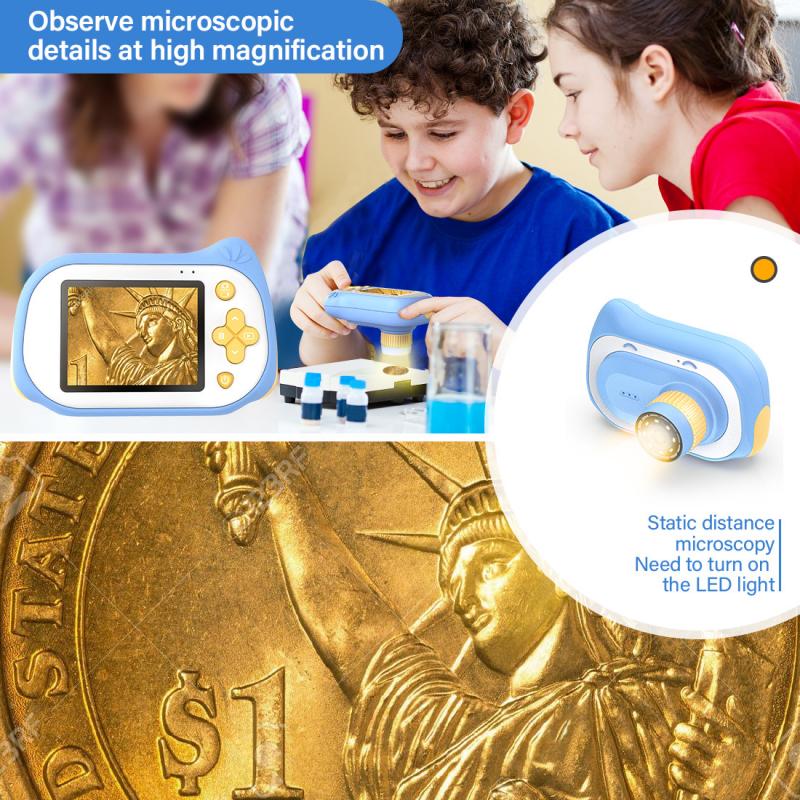
2、 Factors influencing magnification in SEM
A scanning electron microscope (SEM) is a powerful tool used in various scientific fields to examine the surface of materials at high magnification. The magnification capability of an SEM is determined by several factors, including the instrument's design, the type of electron source used, and the detector system employed.
The maximum achievable magnification of an SEM depends on the instrument's resolution, which is influenced by the wavelength of the electrons used for imaging. The shorter the wavelength, the higher the resolution and potential magnification. SEMs typically use electrons with wavelengths in the range of 0.01 to 0.5 nanometers, allowing for magnifications up to several hundred thousand times.
However, it is important to note that the maximum magnification is not the only factor to consider when evaluating the performance of an SEM. Other factors, such as the quality of the sample preparation, the stability of the instrument, and the detector system's efficiency, also play a crucial role in achieving high-quality images.
In recent years, advancements in SEM technology have pushed the boundaries of magnification capabilities. For instance, the development of field emission electron sources has allowed for higher resolution imaging and increased magnification. Additionally, improvements in detector systems, such as the introduction of solid-state detectors, have enhanced the signal-to-noise ratio and enabled higher magnification imaging with improved image quality.
It is worth mentioning that while SEMs can achieve extremely high magnifications, the practical magnification used in most applications is often much lower. This is because excessively high magnification can lead to decreased depth of field and reduced image quality. Therefore, the appropriate magnification for a given sample should be determined based on the specific requirements of the analysis.
In conclusion, the magnification capability of a scanning electron microscope can reach several hundred thousand times, depending on various factors such as instrument design, electron source, and detector system. Recent advancements in SEM technology have further improved magnification capabilities, allowing for higher resolution imaging and improved image quality. However, it is important to consider other factors, such as sample preparation and stability, to achieve optimal results.

3、 Achievable magnification range in modern SEMs
The achievable magnification range in modern scanning electron microscopes (SEMs) can vary depending on several factors, including the specific instrument and its capabilities. However, in general, SEMs are capable of achieving magnifications ranging from a few times up to several hundred thousand times.
At lower magnifications, typically in the range of 10x to 1000x, SEMs provide a broad overview of the sample, allowing for the observation of larger structures and features. This range is useful for examining the surface morphology of materials, such as the texture of a metal or the shape of a biological specimen.
As the magnification increases, SEMs can reveal finer details and smaller features. In the range of 1000x to 10,000x, SEMs can provide high-resolution imaging of surface structures, such as the arrangement of nanoparticles or the topography of a semiconductor device.
For even higher magnifications, SEMs equipped with advanced detectors and electron optics can achieve resolutions in the range of 100,000x to 500,000x or more. At these magnifications, it becomes possible to observe nanoscale features, such as individual atoms or the fine structure of nanomaterials.
It is important to note that achieving higher magnifications often requires careful sample preparation, including coating the sample with a conductive material to prevent charging effects and optimizing the imaging conditions to minimize beam damage.
In recent years, there have been advancements in SEM technology, such as the development of aberration-corrected electron optics and improved detectors, which have further pushed the achievable magnification limits. These advancements have enabled researchers to achieve even higher resolutions and observe nanoscale features with greater clarity.
In conclusion, the achievable magnification range in modern SEMs can vary, but typically ranges from a few times up to several hundred thousand times. The latest advancements in SEM technology have further expanded the resolution limits, allowing for the observation of nanoscale features with unprecedented detail.

4、 Limitations on magnification in SEM imaging
A scanning electron microscope (SEM) is a powerful tool used in various scientific fields to examine the surface of materials at high magnification. The magnification capabilities of an SEM are impressive, but they do have limitations.
The magnification of an SEM depends on several factors, including the instrument's design, the quality of the electron beam, and the detector used to capture the image. Generally, SEMs can achieve magnifications ranging from 10x to over 1,000,000x. However, it is important to note that the maximum achievable magnification is not solely determined by the instrument itself.
One of the main limitations on magnification in SEM imaging is the sample preparation. The sample needs to be properly prepared to withstand the high vacuum environment inside the SEM chamber and to ensure good conductivity for electron beam interaction. Additionally, the sample needs to be stable and not prone to charging or damage from the electron beam. These factors can limit the maximum magnification achievable, as samples with complex structures or delicate features may not be suitable for high magnification imaging.
Another limitation is the resolution of the SEM. While magnification and resolution are related, they are not the same. Resolution refers to the ability of the microscope to distinguish between two closely spaced objects. The resolution of an SEM is influenced by the electron beam energy, the quality of the electron optics, and the detector used. Achieving high magnification does not necessarily guarantee high resolution, and vice versa.
In recent years, advancements in SEM technology have pushed the limits of magnification and resolution. New electron optics designs, improved detectors, and higher beam energies have allowed for higher magnification and better resolution. Additionally, the development of advanced imaging techniques, such as scanning transmission electron microscopy (STEM), has further expanded the capabilities of SEMs.
In conclusion, the magnification capabilities of an SEM can vary depending on various factors, but they can generally achieve magnifications ranging from 10x to over 1,000,000x. However, limitations such as sample preparation, stability, and resolution can impact the maximum achievable magnification. Ongoing advancements in SEM technology continue to push the boundaries of magnification and resolution, allowing for more detailed and precise imaging.























